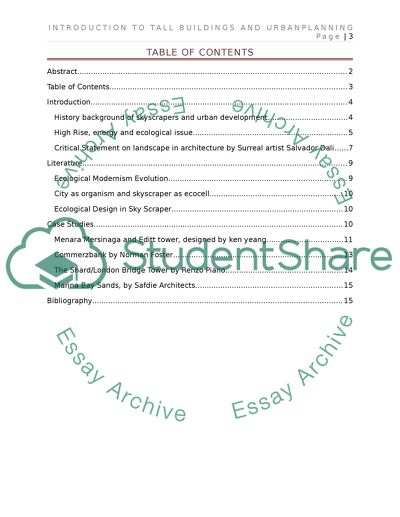Cite this document
(“Introduction of tall buildings and urban development. criticised on Dissertation”, n.d.)
Retrieved from https://studentshare.org/family-consumer-science/1412624-introduction-of-tall-buildings-and-urban
Retrieved from https://studentshare.org/family-consumer-science/1412624-introduction-of-tall-buildings-and-urban
(Introduction of Tall Buildings and Urban Development. Criticised on Dissertation)
https://studentshare.org/family-consumer-science/1412624-introduction-of-tall-buildings-and-urban.
https://studentshare.org/family-consumer-science/1412624-introduction-of-tall-buildings-and-urban.
“Introduction of Tall Buildings and Urban Development. Criticised on Dissertation”, n.d. https://studentshare.org/family-consumer-science/1412624-introduction-of-tall-buildings-and-urban.


